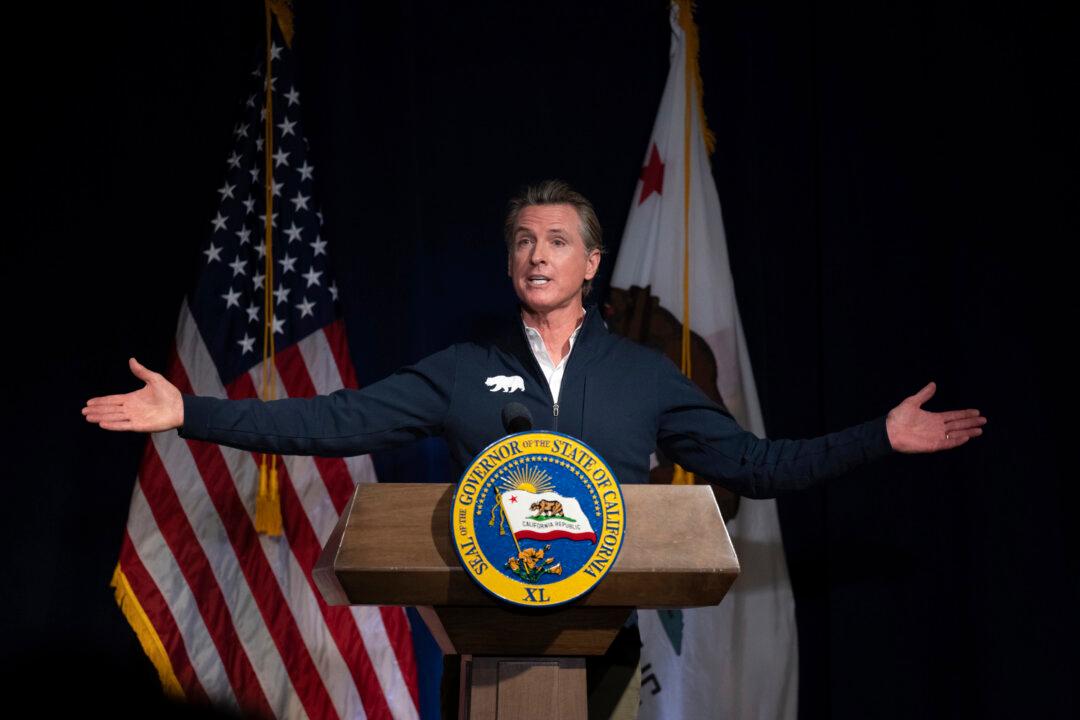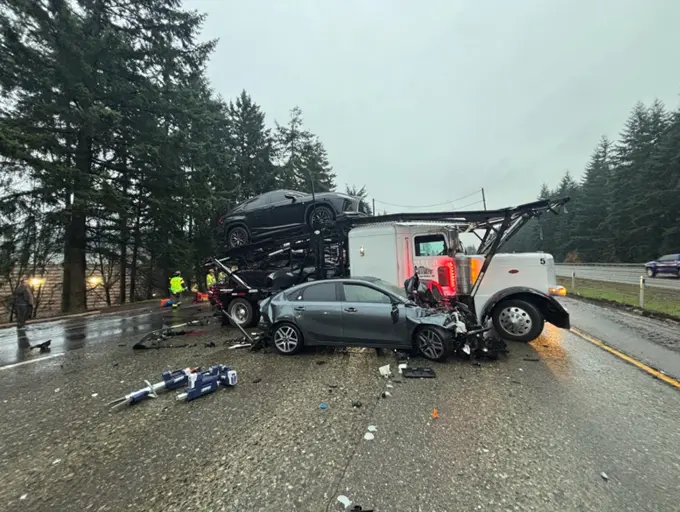Gov. Gavin Newsom announced on Jan. 10 a $297 billion budget proposal, with substantial cuts and delayed spending in various areas aiming to close California’s projected $22.5 billion shortfall in the next fiscal year.
The proposed budget for 2023–24, which begins July 1, would postpone and reduce funding for some programs, such as some of Newsom’s climate measures and clean transportation initiatives, without compromising homelessness programs, health care, affordable housing, public safety, and education, the governor said. State law requires a balanced budget.





